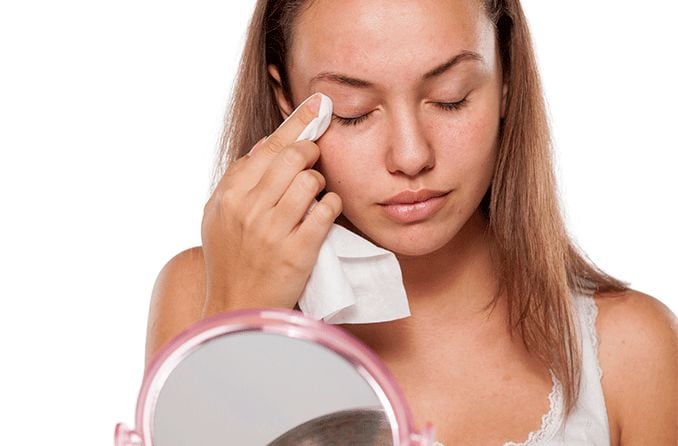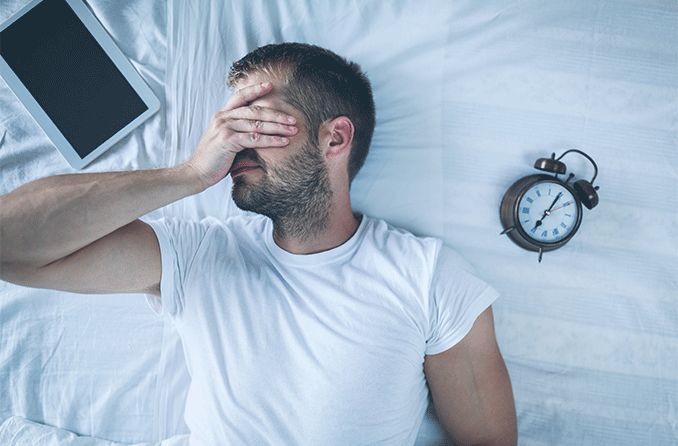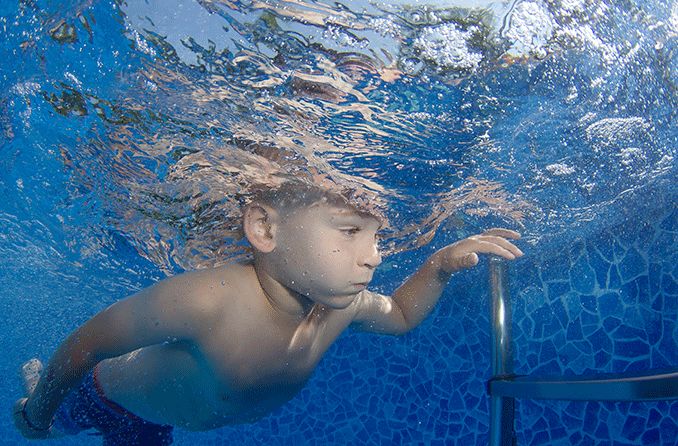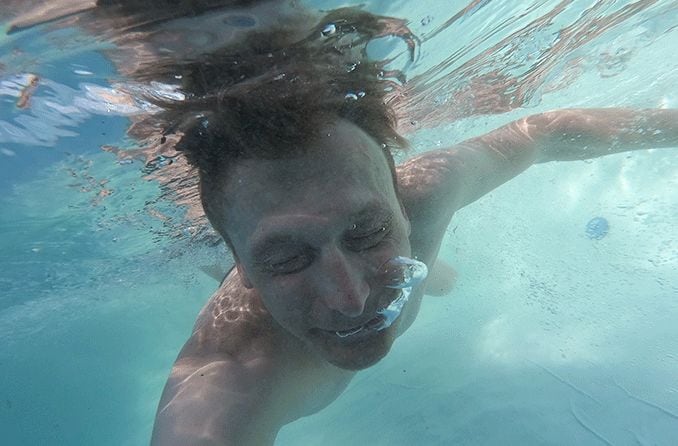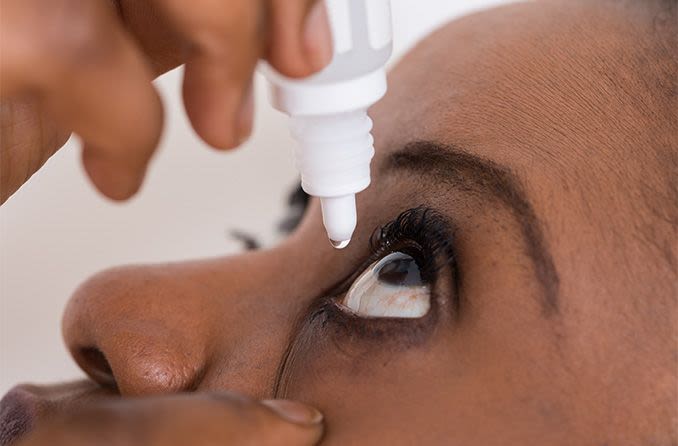Proper eye hygiene is critical for prevention and treatment of mild eye infections. It is also key in managing various chronic eye conditions.
One of the easiest ways to clean your eyelids is with eyelid wipes, scrubs and other similar eye-safe products. Though many of these are available over the counter, some circumstances may require prescription-strength solutions or additional medical care.
How are eyelid wipes useful?
Your eyelashes play an important role in protecting your eyes by catching bacteria, as well as dust, pollen and other tiny particles — so it is crucial to keep your lashes clean. Eyelid wipes provide a simple way to keep your lashes clean and clear so that they can function properly.
While eyelid wipes can be used to maintain everyday hygiene, they may also be recommended to help treat conditions, including:
Blepharitis
Blepharitis (eyelid inflammation) can be triggered by an injury, dry eyes, and even lice or eyelash mites (known as Demodex). Keeping your lash line clean using wipes or another solution (see list of recommended cleansers below) during blepharitis flare-ups is crucial.
Conjunctivitis
Conjunctivitis (pink eye) is a highly contagious condition that must be treated promptly and efficiently. Depending on the type of conjunctivitis (bacterial, viral or allergic), your eye doctor may prescribe a specific treatment plan. For most circumstances, eyelid wipes can be used to help keep your eyes clean and encourage healing.
Dry eye syndrome
As a chronic eye condition, dry eye syndrome must be treated regularly to prevent more complex eye problems. Eyelid wipes can help you keep your eyes and eyelids clean, and many wipes include moisturizing ingredients to help soothe symptoms as well.
Stye and chalazion
Chalazia (the plural of chalazion) and styes are small, pimple-like bumps that form along the eyelid margins and lash lines. Both should be kept clean with an eyelid wipe or other recommended cleanser to prevent complications or infection.
Eye allergies
Many people suffer from eye allergies caused by irritants like pollen, smoke and dust — to name a few. Eyes can become dry and itchy during an allergy flare-up, which can tempt you to rub your eyes.
It’s always best to avoid rubbing or even touching your eyes, as both habits can spread germs and cause irritation or, worse, damage to your eyes, eyelashes and eyelids. If your eyes feel irritated, an eyelid wipe is a more sanitary solution to help soothe your discomfort. Many wipes have ingredients that can relieve itching, swelling and soreness.
What are the best eyelid wipes?
The best eyelid wipes for allergies, eye infections and general hygiene will vary from person to person and be dependent upon each individual’s skin type, eye health and intended use. There are many eyelid cleaning products out there, but if you have specific concerns for your eyes, it’s best to consult your eye doctor.
If you are purchasing eyelid wipes at a pharmacy, a pharmacist may also be able to help guide you in the right direction.
Eye-safe and preservative-free formulas
When it comes to choosing any products you intend to use around your eyes, it is important to select only those with safe and sensitive ingredients. Look for indications of eye safety on the packaging, research products online or ask your eye doctor or pharmacist what they recommend, especially if you have any skin or eye sensitivities.
“Preservative-free” is another indication to look for, as preservatives can often cause irritation.
Cliradex
Research has shown that one brand of eyelid cleanser, Cliradex, is particularly effective at treating eyelash mites (Demodex) and is easy to use. Cliradex is available in both a wipe and cleanser form and can be found online and over-the-counter at select pharmacies.
Cliradex and other comparable products share an active ingredient: tea tree oil (TTO). TTO has been recommended by ophthalmologists to treat blepharitis and eyelash mites. However, it should be noted that pure TTO can be harmful to the eyes and should be used only when found in an eye-safe product.
Other clinically proven eyelid cleansers
Clinical studies have also shown positive results for the following:
- Blephaclean, cleansing eyelid wipes.
- Blephasol, an eyelid cleanser.
- Blephagel, a cleansing eyelid gel.
Eye makeup-removing wipes
Eye makeup-removing wipes provide a convenient and usually safe way to clean cosmetics from the eye area (be sure to read the fine print to make sure they’re safe to use around the eyes). They can also be used to wipe eyes clean during an infection or allergy flare-up, or for routine hygiene purposes.
It’s important to note that not all makeup wipes are formulated the same way. Many have powerful ingredients to wash away dense makeup such as foundation and concealer, which may not be suitable for eyes.
Be sure to choose an eye-makeup remover (whether wipes or otherwise) that is labeled safe for eyes. If it is not labeled, consult with an eye care professional before use.
SEE RELATED: 7 everyday things that can hurt your eyes
Where can you buy eyelid wipes?
Your local pharmacy or drugstore should have what you need when it comes to purchasing eyelid wipes. Wipes can also be purchased online from select retailers. Wherever you shop, it is important to keep the safety of your eyes in mind.
For severe eye conditions or special eye concerns, your eye doctor may prescribe something other than a wipe, such as a medicated cleanser or prescription ointment.
Alternatives to eyelid wipes
There are also benefits both similar to and different from eyelid wipes when using other eye-safe products like eyelid scrubs and eye ointments.
- Eyelid scrubs are available in pre-moistened pads and are useful for keeping eyes and eyelashes clear of debris.
- Tear-free baby shampoo is often recommended by ophthalmologists for cleaning eyelids.
- A medicated eye ointment can help soothe irritated skin around the eyes, as well as potentially treat certain eye infections and dry eye symptoms.
Directions for use depend on each individual product and should be followed explicitly. Consult your eye doctor if you have questions or concerns before applying anything new to your eyes.
How to clean your eyelids
Eyelid cleaning should be performed gently, with clean hands. If you have crusty buildup along the lash line, a warm washcloth can be used to loosen it before using a wipe or cleanser.
- Wash your hands thoroughly and remove contact lenses if you are wearing them.
- Close your eyes.
- Gently apply the eyelid wipe, scrub or cleanser to your eyelid with a side-to-side motion.
- Repeat this process as needed or as directed by your eye doctor.
Use only one wipe or pad per eye. If you experience a negative reaction or discomfort, stop using the product immediately and rinse your eyes with lukewarm water.
The importance of eye exams
Proper eye hygiene is just one important component of eye health. Routine comprehensive eye exams are also crucial to monitoring and maintaining eye health.
Whether it is time for your annual eye exam or you require care for a new or recurring condition, don’t hesitate to give your eye doctor a call.
